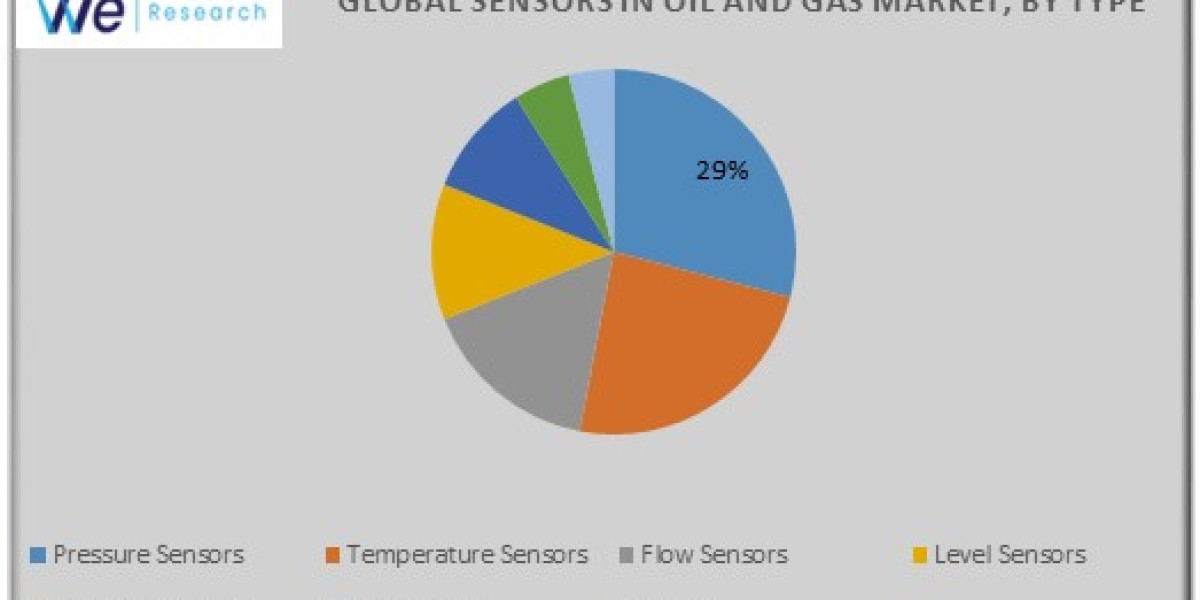A cycle fill-in pharmacy refers to a process where medications are dispensed to patients in regular intervals, often in 28- or 30-day cycles. This method is particularly used in long-term care facilities, such as nursing homes or assisted living centers, where patients require continuous, long-term medication management. The goal of cycle fill is to streamline medication dispensing, ensure consistent availability of medicines, reduce waste, and improve patient adherence to their prescriptions. By dispensing medications in scheduled cycles, pharmacies can more effectively manage their inventory and avoid overstocking or understocking issues, thus enhancing operational efficiency.
Understanding the Concept of Cycle Fill
The concept of cycle fill revolves around the idea of organizing the dispensing of medications in set intervals. Instead of filling prescriptions on an as-needed basis, cycle fill standardizes the schedule for providing medications, typically every 28 or 30 days. This regularity ensures that patients never run out of their medications and that they receive new supplies before their current ones are depleted. The predictability of the cycle fill system also enables pharmacies to better anticipate medication needs, ensuring that their inventory aligns with patient demands. This minimizes the chance of medication shortages and disruptions in a patient’s therapy.Cycle fill systems are tailored to patients who are on maintenance medications for chronic conditions. These patients often have complex medication regimens, requiring strict adherence to prevent complications. For example, a patient with diabetes or hypertension might be taking multiple medications that need to be refilled regularly to maintain their health. By adhering to a cycle fill model, the pharmacy ensures that such patients receive their medications on time, without gaps that could adversely affect their treatment.
The Importance of Cycle Fill in Long-Term Care Facilities
Cycle fill is highly beneficial in long-term care settings where patients may not have the ability or the resources to manage their own medications. Nursing homes and assisted living facilities often have dozens or even hundreds of patients who are prescribed various medications. The responsibility of managing these medications typically falls on nurses or caregivers, who must ensure that each patient receives the correct dose at the right time.Cycle fill simplifies this process by providing a consistent, organized way to manage medications. All prescriptions are synchronized to follow the same refill schedule, making it easier for staff to administer the correct medications at the right times. Additionally, cycle fill reduces the risk of medication errors, which can occur when there are too many individual prescriptions to track. For patients in long-term care, consistent access to their medications is vital for maintaining their health, and cycle fill ensures that this access is not interrupted.
How Cycle Fill Reduces Medication Waste
One of the significant advantages of the cycle fill system is its ability to reduce medication waste. In traditional dispensing models, medications are often prescribed in large quantities, especially for chronic conditions. However, if a patient’s therapy changes or if they no longer need a particular medication, large amounts of unused drugs can be wasted. This is both financially and environmentally costly, as unused medications must be disposed of safely, often at a considerable expense to the healthcare system.With cycle fill, medications are dispensed in smaller, more manageable quantities, typically covering only the length of the cycle (28 or 30 days). If a patient’s medication needs change, the amount of unused medication is minimized, as only a small quantity will have been dispensed. This not only reduces the financial burden on healthcare providers but also prevents large-scale drug waste. Additionally, because pharmacies only provide what is needed for each cycle, the overall cost of maintaining the medication inventory is reduced.
The Role of Automation in Cycle Fill Systems
Automation plays a crucial role in modern cycle fill systems, making the process more efficient and less prone to errors. Automated systems help track patient medication needs, prescription refills, and inventory levels. Pharmacies utilize specialized software that monitors when a patient’s medication cycle is ending, allowing them to prepare refills in advance and ensure that the next cycle of medication is ready before the patient runs out.Automated dispensing machines can also be programmed to fill prescriptions according to cycle schedules, further streamlining the process. These machines minimize human error and improve the speed at which prescriptions are processed. Additionally, by integrating with electronic health records (EHRs), automated cycle fill systems ensure that any changes in a patient’s therapy are immediately reflected in the next refill cycle. This reduces the risk of dispensing incorrect medications or incorrect dosages, which is particularly important for patients with complex or sensitive health conditions.
How Patients Benefit from Cycle Fill
Patients benefit significantly from cycle fill systems, especially those with chronic conditions requiring ongoing medication management. One of the main advantages is improved medication adherence. With a cycle fill system, patients no longer need to worry about remembering to refill their prescriptions or making frequent trips to the pharmacy. Their medications are automatically refilled and delivered on a set schedule, ensuring that they never run out.
For patients who take multiple medications, such as the elderly or those with multiple chronic conditions, managing these prescriptions can be overwhelming. Cycle fill simplifies this process by aligning all of a patient’s medications to the same refill schedule, reducing the complexity of managing multiple medications with different refill dates. This not only improves the patient’s experience but also reduces the likelihood of missed doses, which can lead to serious health complications.
Challenges Associated with Cycle Fill in Pharmacies
While cycle fill systems offer many advantages, there are also challenges that pharmacies must navigate. One of the primary challenges is coordinating the refill schedules for multiple patients, especially in long-term care facilities where patients may have started their medication regimens at different times. This requires careful planning and coordination to ensure that each patient receives their medications on the correct cycle.Another challenge arises when a patient’s therapy changes in the middle of a cycle. Adjusting the prescription and dispensing schedule to reflect these changes can be complex, especially if the changes are not communicated promptly between the patient’s healthcare provider and the pharmacy. Pharmacies must also ensure that they have adequate inventory on hand to meet the needs of all patients without overstocking and risking waste. Effective communication between the pharmacy, healthcare providers, and patients is crucial to overcoming these challenges.
Regulatory Considerations in Cycle Fill Systems
Cycle fill systems are subject to strict regulatory guidelines, particularly when it comes to dispensing controlled substances or medications for vulnerable populations, such as the elderly or those with chronic illnesses. Pharmacies must adhere to state and federal regulations regarding the quantity of medication dispensed, the timing of refills, and the storage of medications.Additionally, pharmacies must take steps to protect patient confidentiality and ensure that their data is securely stored and transmitted. This is particularly important in long-term care settings, where multiple healthcare providers may have access to patient information. Pharmacies must also comply with regulations that require them to track and report medication usage, particularly for controlled substances, to prevent misuse or diversion.
The Future of Cycle Fill in Pharmacy Practice
The future of cycle fill systems in pharmacy practice is bright, particularly as healthcare continues to embrace technology and patient-centered care models. Advances in automation, artificial intelligence, and predictive analytics are expected to make cycle fill systems even more efficient and accurate. These technologies can help pharmacies better predict patient medication needs, reduce the risk of errors, and ensure that medications are always available when needed.
Additionally, the shift towards value-based care, where healthcare providers are compensated based on patient outcomes rather than the volume of services provided, aligns well with the goals of cycle fill systems. By improving medication adherence and reducing waste, cycle fill systems contribute to better patient outcomes and lower healthcare costs, making them a valuable tool in modern pharmacy practice.
Conclusion
Cycle fill in pharmacy is a strategic approach to medication management, particularly for patients in long-term care settings. By dispensing medications in regular, scheduled cycles, pharmacies can improve patient adherence, reduce medication waste, and streamline their operations. While there are challenges, such as coordinating refill schedules and complying with regulatory guidelines, the benefits far outweigh the obstacles. As technology continues to evolve, cycle fill systems will become even more integral to pharmacy operations, helping to ensure that patients receive the right medications at the right time.
FAQs
What is a cycle fill system in pharmacy?
A cycle fill system dispenses medications in regular cycles, typically every 28 or 30 days, to improve adherence and reduce waste.
How does cycle fill help patients in long-term care facilities?
Cycle fill ensures that patients receive their medications on time, reduces medication errors, and simplifies medication management for caregivers.
What role does automation play in cycle fill systems?
Automation helps track medication needs, manage refills, and reduce errors, making the cycle fill process more efficient and accurate.
How does cycle fill reduce medication waste?
By dispensing smaller quantities of medication on a regular schedule, cycle fill reduces the amount of unused or expired medications, minimizing waste.
Are there any challenges with implementing cycle fill systems in pharmacies?
Yes, challenges include coordinating refill schedules, managing mid-cycle therapy changes, and ensuring compliance with regulatory guidelines.












